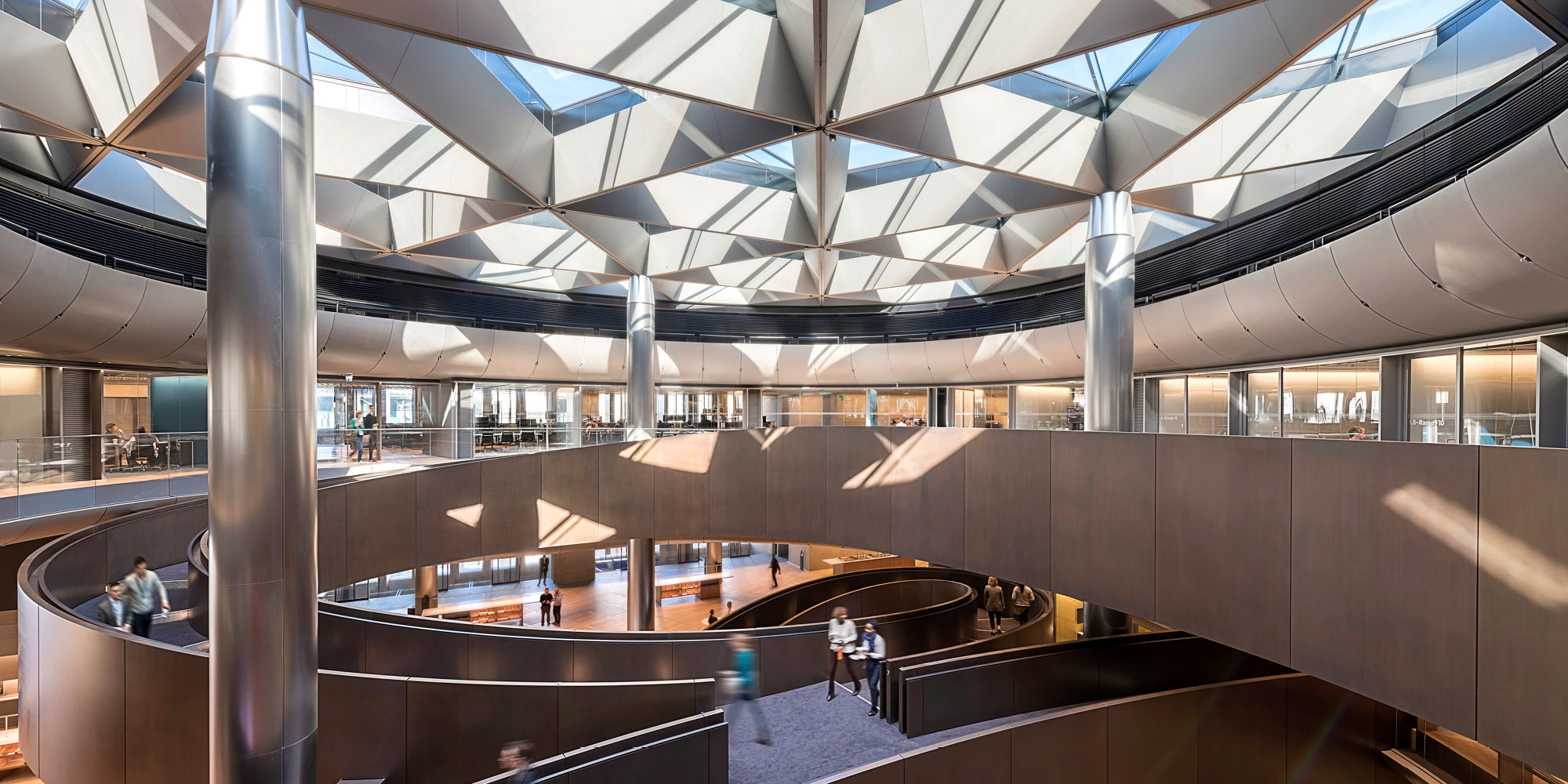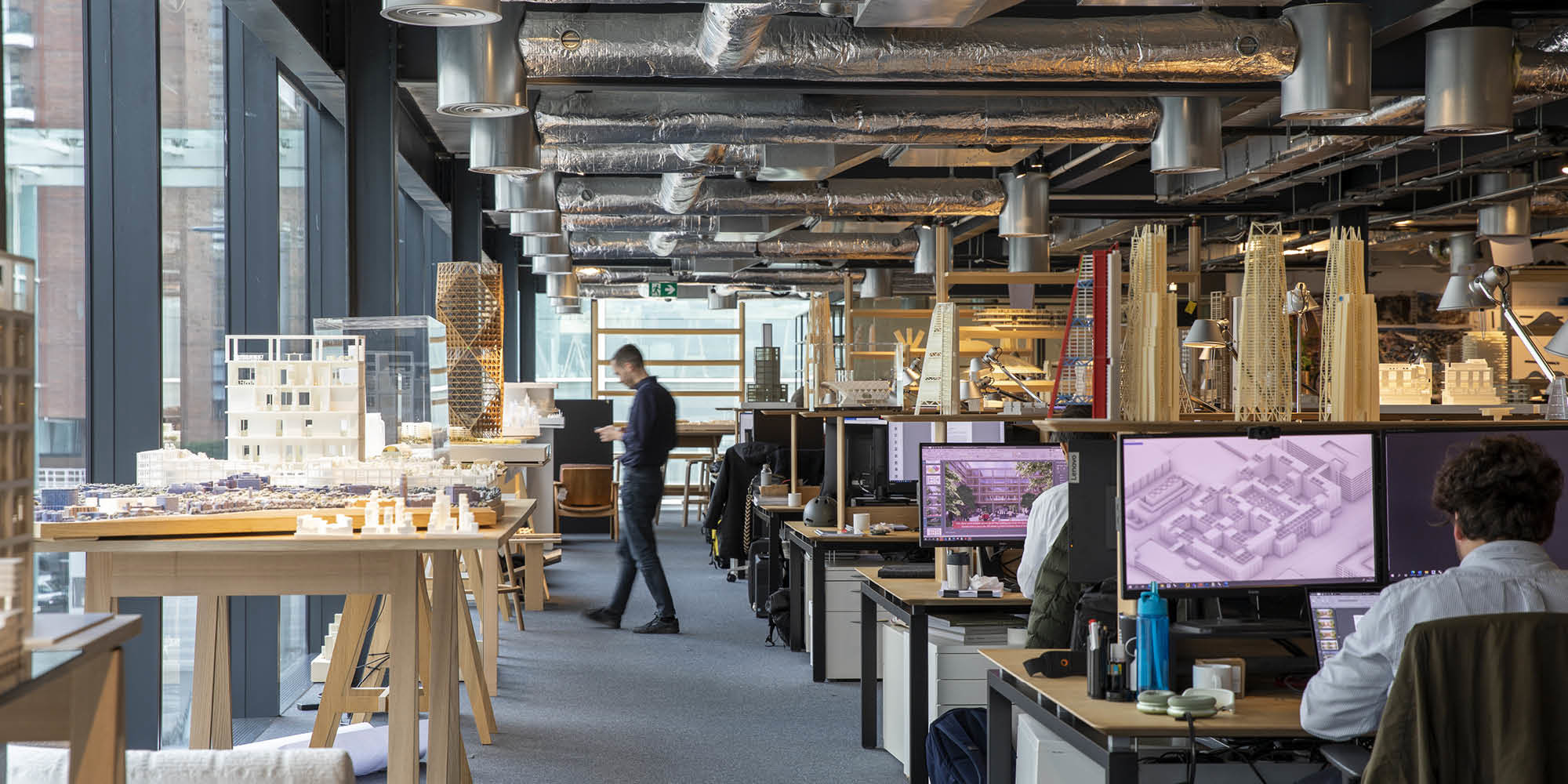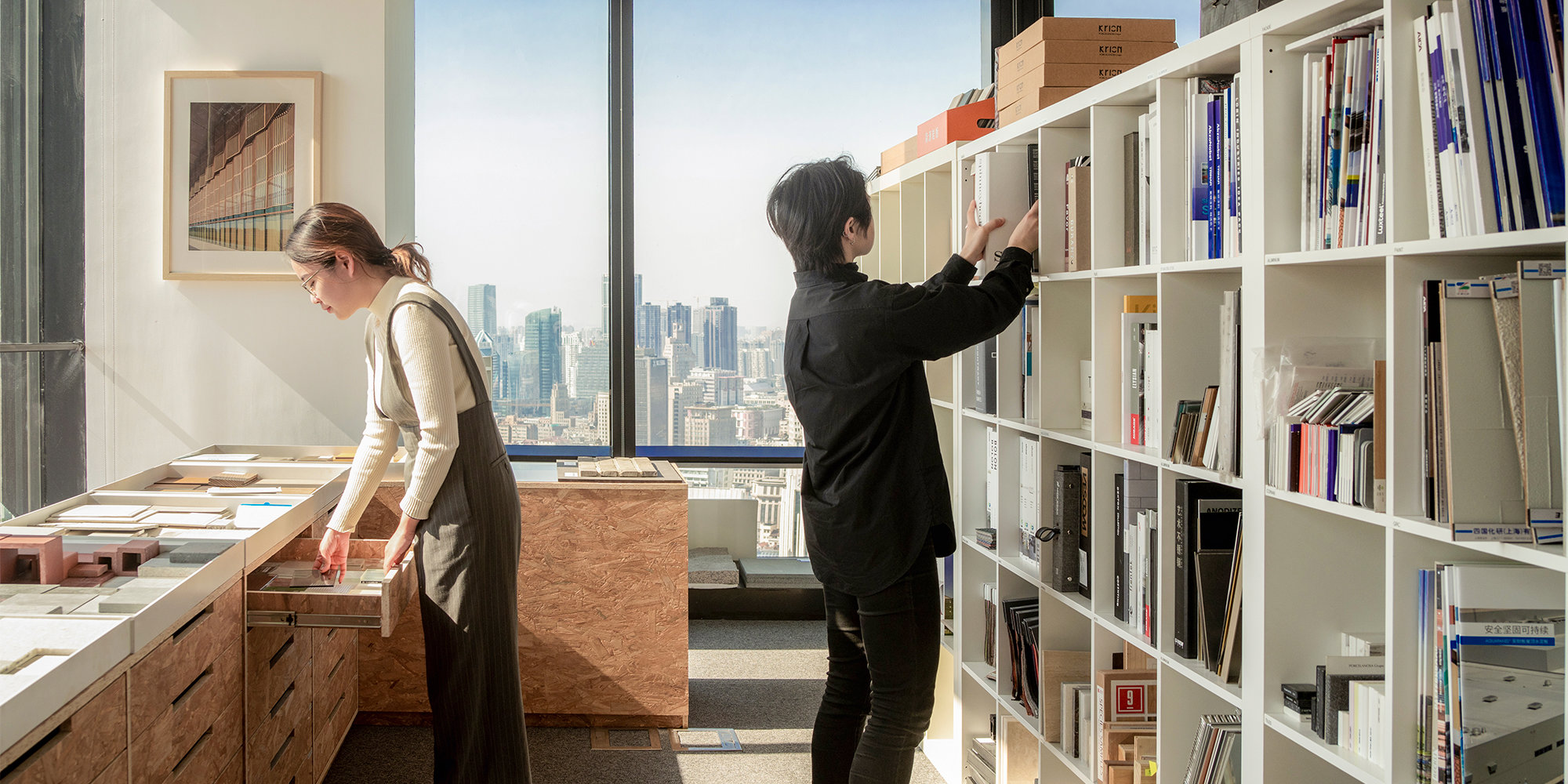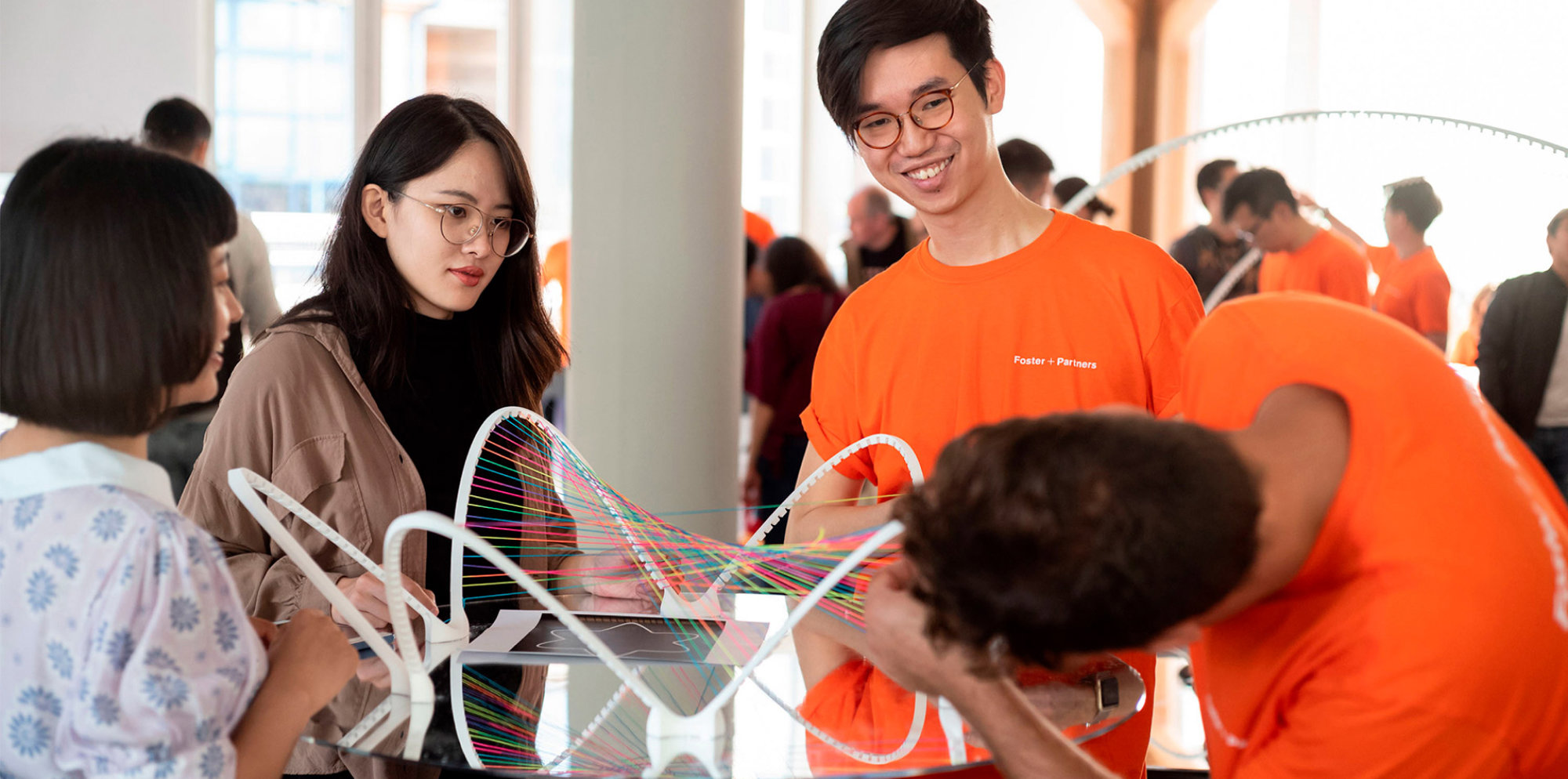Insights from a round table discussion facilitated by Tailored Round Tables
As workplaces evolve towards greater inclusivity, designing environments that embrace neurodiversity has become increasingly important. Neurodivergent individuals offer unique strengths and innovative perspectives; however, conventional workplace design and policies often fail to accommodate the diverse ways in which people think, interact, and contribute, creating barriers to genuine inclusion.
In November 2024, Tailored Round Tables hosted a discussion at the Royal Institute of British Architects (RIBA) in London, which was sponsored by Foster + Partners and Buro Happold. The event brought together a diverse panel of eight thought leaders and professionals, most of whom have lived experience of neurodivergence.
The panel included:
- Suzan Ucmaklioglu, Associate Architect and Inclusive Design Specialist, Foster + Partners
- Jean Hewitt, Inclusive Environments Technical Lead, Buro Happold, and Technical Author of BSI’s PAS 6463
- Lutfur Ali, Senior Policy and Practice Advisor, CIPD
- Leena Haque, Senior UX Designer and CAPE Program Co-Lead, BBC
- Stephanie Kyle, Senior Architect and Inclusive Design Specialist, Floyd Slaski Architects
- Catherine Rayner, Owner, Squarepeg Design, Volunteer with Neurodiversity in Business (NiB)
- Onyinye Udokporo, CEO and Founder, Enrich Learning
- Jacqui Wallis, CEO, Genius Within
The conversation explored the intersections between workplace design, organisational policies, and neuro-inclusive practices, providing actionable guidance for organisations striving to create environments in which everyone can thrive.










